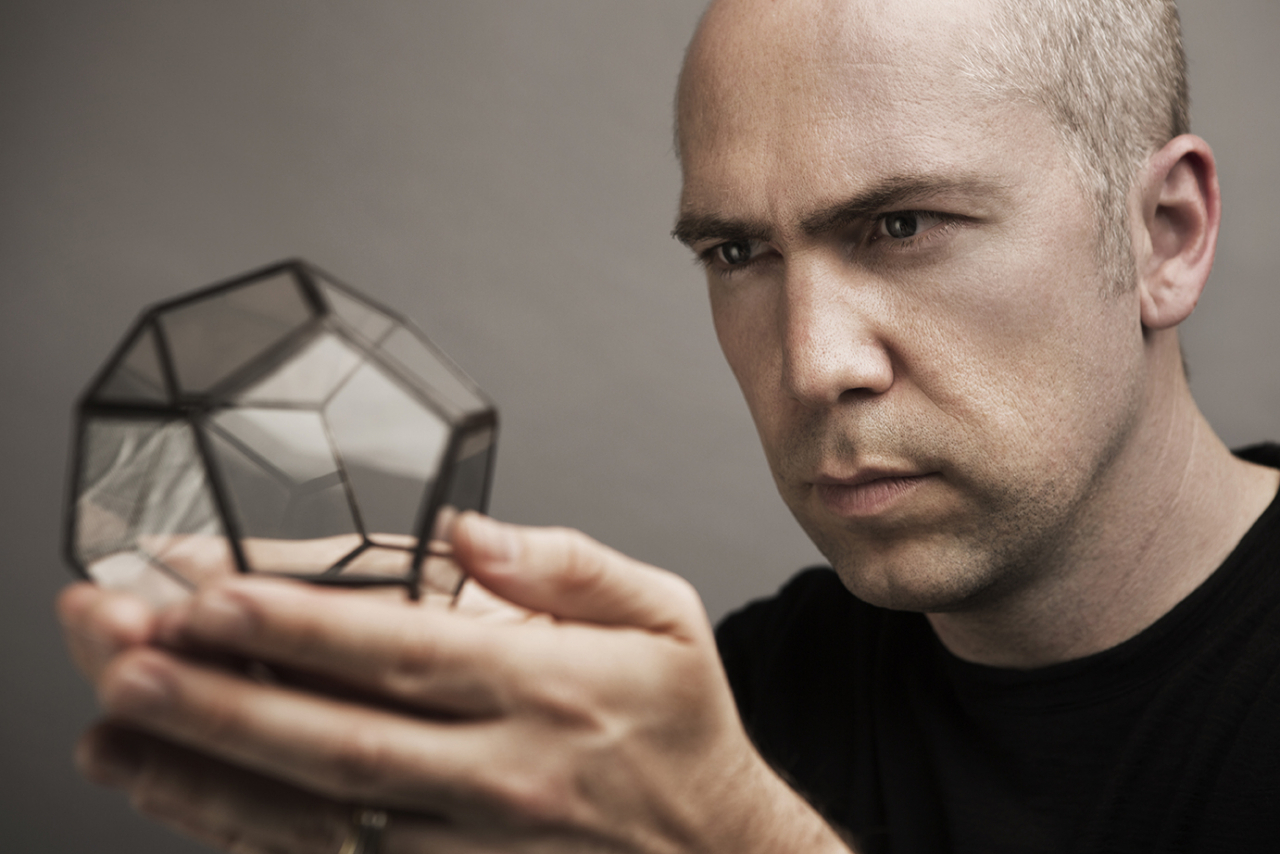[Design Forum] ‘Without design, space exploration could not exist’
Creative director Dan Goods explains how design can solve space-related problems
By Kan Hyeong-wooPublished : Sept. 7, 2023 - 16:19

The Jet Propulsion Laboratory, the only federally funded research and development center of the US National Aeronautics and Space Administration, is a well-known leader in space exploration across the world. Joining engineers, researchers and scientists at JPL are visual strategists that take the helm of all things design at the space-dedicated center.
Dan Goods, the lab's creative director, said space exploration, like all other industries, needs good design to function.
“Everything is designed. From every single nut and bolt of a spacecraft, to the rocket, to the concepts of a program that will last for decades, to the pathway it a rocket needs to take, to the way things are communicated,” said Goods in an email interview with The Korea Herald.
“Without people designing things space exploration could not exist. Mostly form follows function, but that is still a design parameter. Space exploration usually demands simpler as complexity equals risk.”
Noting that NASA is full of extremely complicated challenges, Goods pointed out that you need a diverse workforce to have the best chance of solving those problems.
“In general, we do a few things: communicate complicated ideas, inspire people (we call it sneaking up on learning) and help people think through their thinking. Those are not always the skill sets of an engineer or scientist,” he said.
“We work hand in hand with them to make sure we are communicating the right thing, but then use our unique skill sets to solve the problem at hand.”
Having worked as a visual strategist at JPL for over 20 years, the creative designer explained that his team uses diverse skill sets to cope with different problems.
“Sometimes solving a problem might be as simple as designing a chart that is clear and compelling, other times we might be creating a large immersive sculpture that inspires people, other times we are facilitating brainstorming sessions to imagine the future,” he said.
“Our ability to work across so many mediums, and be so integrated into our Lab is what makes our team unique.”
Regarding what kind of inspiration space offers for him, Goods said the universe makes us ponder the deep questions in life such as why we exist, where we came from and what our purpose is.
One of his most memorable works at NASA, he said, was the mass-scale project involving over 1,400 amateur radio operators around the world to transmit a message to a spacecraft together in 2013.
“There was a moment when the Juno spacecraft was going to use the Earth to slingshot it to Jupiter. It turns out that if you used a ham radio you could signal and if there were enough people, a lot of people, the spacecraft 'might' be able to detect the signal,” said Goods, who is a recipient of NASA’s Exceptional Public Service award.
“We coordinated people all over the world to all signal ‘HI’ at the same time and it worked! It was cool to use a spacecraft in a way it was not intended, but more special to bring joy into the lives of those who participated.”
Goods is set to deliver a speech on his journey to becoming an artist -- without ever having taken an art class -- to working at NASA -- despite never having studied science -- at the upcoming Herald Design Forum at the Shilla Hotel in Seoul on Sept. 19. He will talk about how everyone can be involved in the aerospace endeavor and his works that can bring people closer to space.



















![[Today’s K-pop] Treasure to publish magazine for debut anniversary](http://res.heraldm.com/phpwas/restmb_idxmake.php?idx=642&simg=/content/image/2024/07/26/20240726050551_0.jpg&u=)